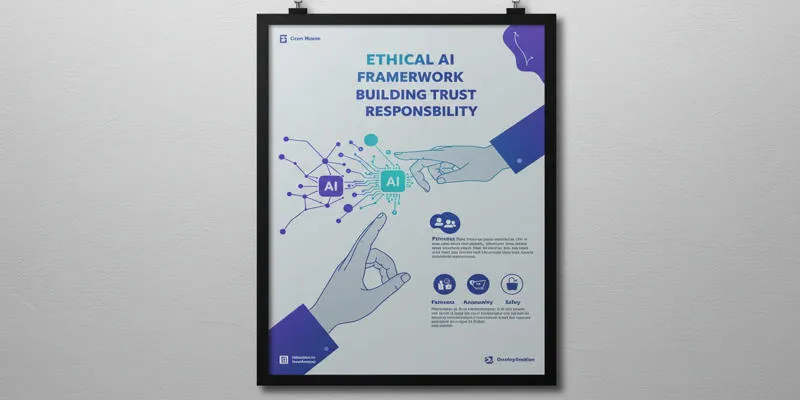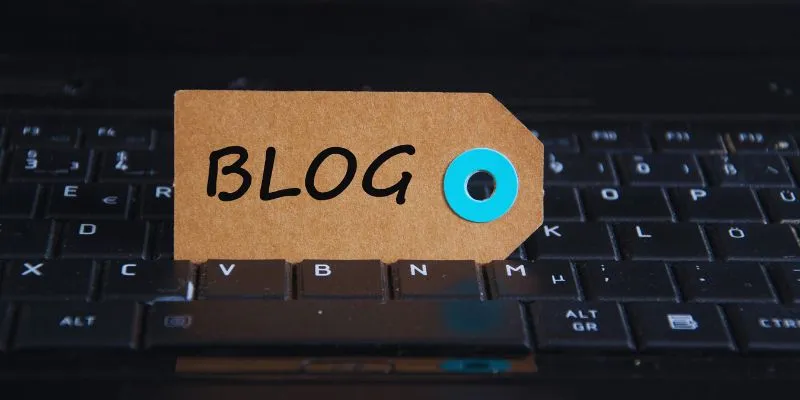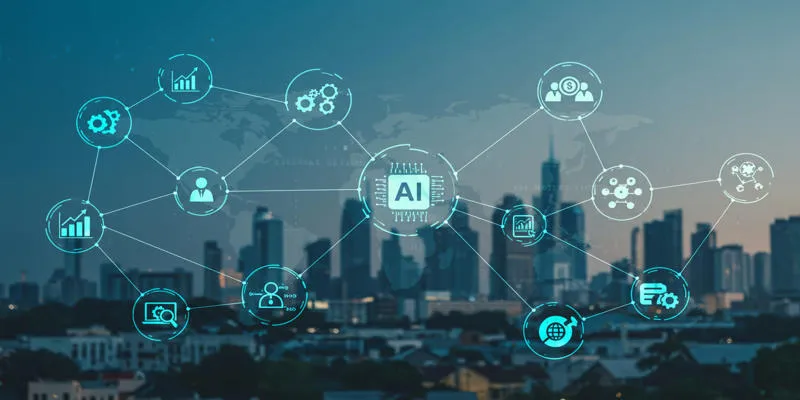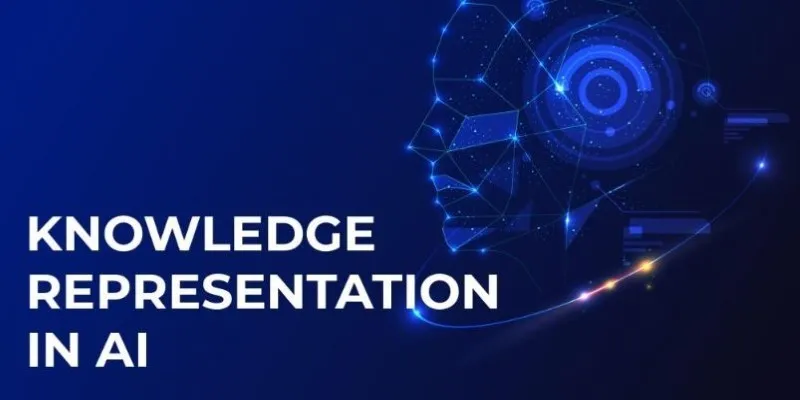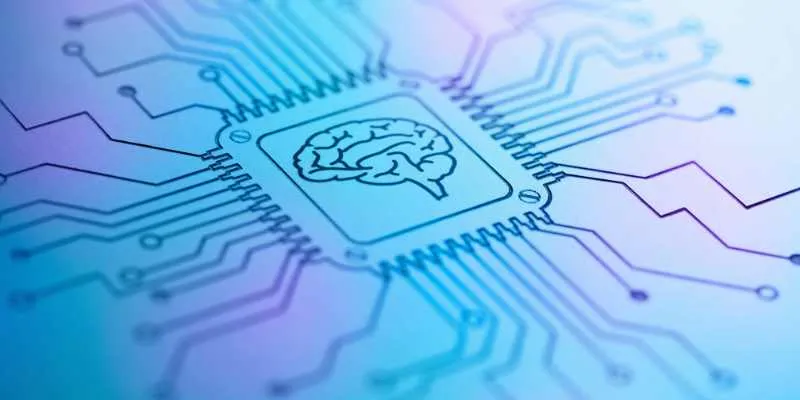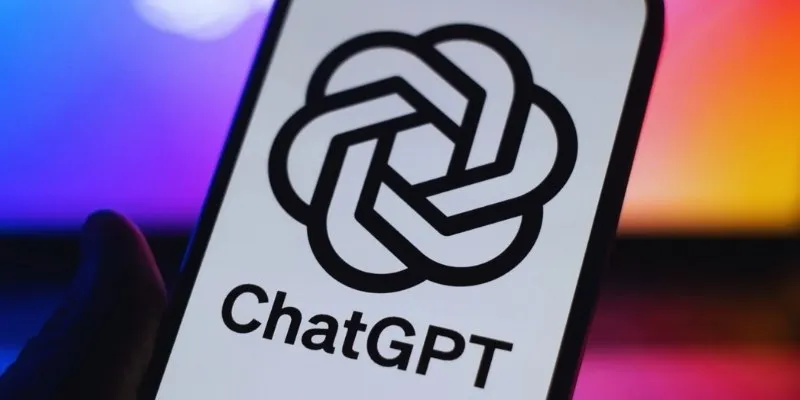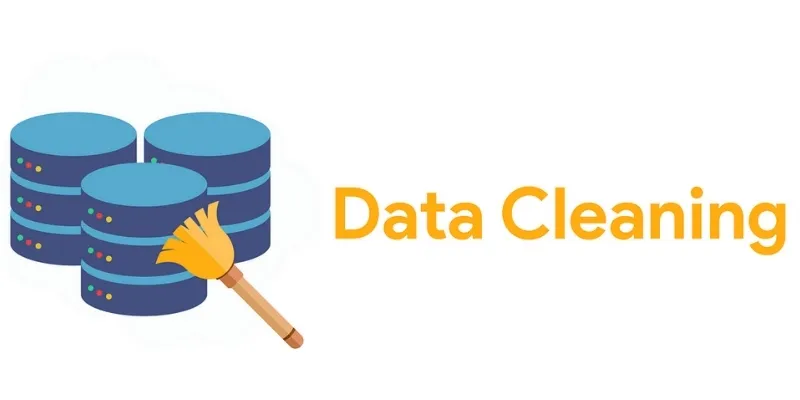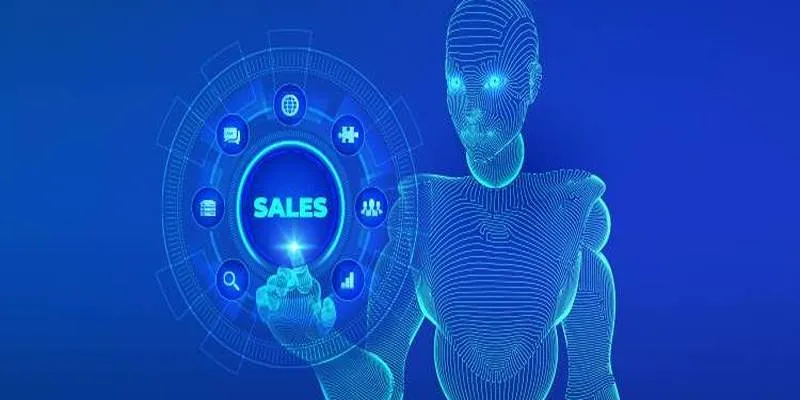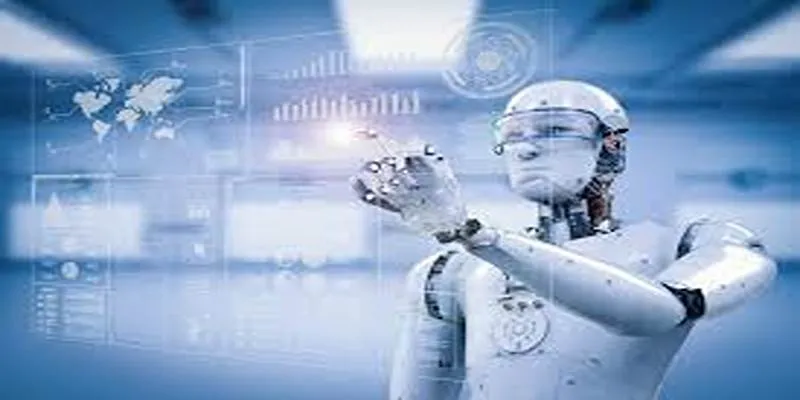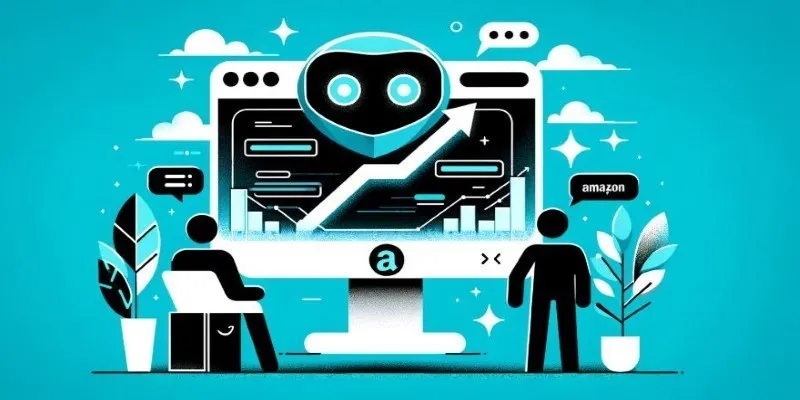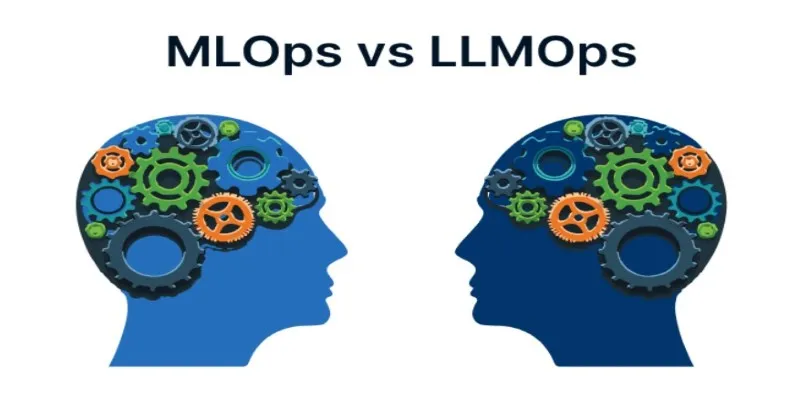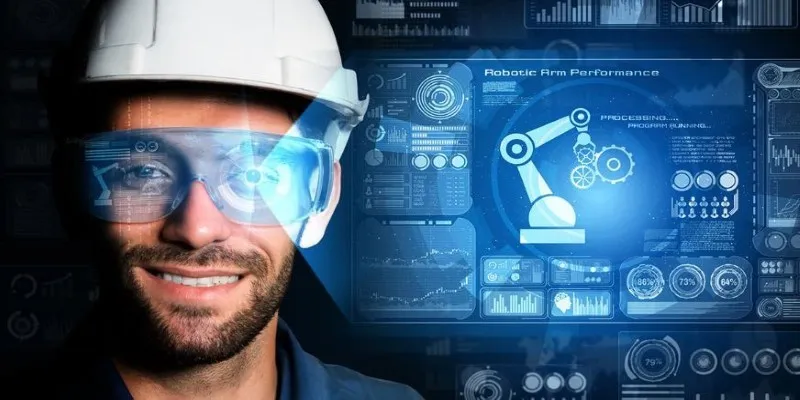Artificial intelligence (AI) is transforming the way we live, work, and ensure our safety. By enabling machines to think, learn, and solve problems intelligently, AI plays a critical role in enhancing security. One pressing question remains: Can AI make us safer? Many experts believe it can. AI is already instrumental in crime prevention, health safety, and disaster response. It is used in security systems, airports, and even online environments.
AI is particularly useful for continuous monitoring, as it can operate tirelessly. While concerns about errors and privacy invasion exist, AI is becoming a powerful tool for personal protection. This guide explores how AI aims to create safer living conditions. Let’s delve into how significantly AI contributes to maintaining global safety.

Predicting Trouble Before It Happens
Law enforcement agencies are using AI to prevent crimes proactively. By analyzing crime patterns, AI projects potential trouble spots and suggests optimal patrol deployment, enhancing police efficiency. AI tools also excel in facial recognition, tracking suspects, and locating missing persons in public areas. During large events, these capabilities help prevent conflicts or attacks by rapidly scanning thousands of faces, boosting public safety and saving time.
In some cities, AI systems detect gunfire, notifying authorities immediately of the exact location of the incident, facilitating a swift response to protect lives. AI also monitors online platforms and social media for signs of planned attacks or malicious acts, enabling quick police intervention when threats are identified online.
Fighting Online Threats with Smart Tools
AI excels in combating cybercrime by identifying threats faster than humans. As hackers constantly evolve their tactics, AI adapts quickly to counter them. AI tools scan computer systems for anomalies, alerting professionals or halting attacks if vulnerabilities are detected, safeguarding personal information, finances, and data.
Phishing schemes are a common threat that AI techniques can combat. By scanning emails and eliminating harmful ones, AI helps protect businesses. It also enhances login and password security by detecting unauthorized access attempts. Some systems use facial or voice recognition for identity verification, helping banks prevent fraud and protect consumers from financial theft.
A Digital Ally in Health Emergencies
AI is making significant strides in healthcare, saving lives by aiding early disease detection and hospital efficiency. For instance, AI provides rapid analysis of X-rays, highlighting signs of infection or cancer. Some devices even offer treatment suggestions, allowing doctors to act swiftly. During emergencies, AI optimizes ambulance routes, finding the quickest and safest paths.
AI chatbots provide health advice when doctors are unavailable, which is invaluable in rural or busy areas. AI also monitors epidemics by analyzing news, social media, and health reports, alerting health officials to take prompt action when a virus is detected. In hospitals, AI monitors vital signs, alerting staff if a patient’s condition worsens.

Helping Responders During Natural Disasters
AI proves invaluable during natural disasters like floods, earthquakes, and fires. By analyzing weather reports and satellite data, AI alerts residents in danger zones. Post-storm, AI-equipped drones search vast areas for survivors, expediting rescue operations. AI monitors rising water levels during floods, identifying at-risk areas to facilitate early evacuations.
AI systems also track air and water quality, sending alerts when levels become hazardous, thereby protecting public health. In forest fire systems, AI detects smoke, alerting firefighters to prevent rapid fire spread. AI enhances earthquake warning systems by identifying early tremors, issuing alerts seconds before a major quake.
Smarter Roads and Safer Travel
AI is revolutionizing travel safety. In self-driving cars, AI uses cameras and sensors to prevent collisions by reading road conditions, traffic signals, and signage. It minimizes human error-related accidents by monitoring blind spots and maintaining lane discipline, safe distances, and speed. Public transportation systems, including buses and trains, use AI for safety checks, examining signals, engines, and brakes to preempt issues.
Traffic lights are becoming smarter with AI, adjusting signal timing to reduce congestion and lower accident risks. AI tools also detect inattentive or drowsy drivers, alerting them to prevent accidents. In aviation, AI performs pre-flight checks, identifying potential issues before takeoff.
The Risks We Must Not Ignore
Despite its power, AI is not infallible. Mistakes can occur, such as misidentification in facial recognition systems, leading to unjust arrests. AI systems need vast amounts of data; if this data is flawed, AI can make poor decisions, harming innocent people. Privacy concerns also arise, as AI collects and analyzes personal information, fueling fears of excessive surveillance.
AI can be exploited by malicious actors, such as hackers infiltrating networks or terrorist groups deceiving AI systems. Bias is another risk, as AI learns from human data, and if this data is biased, AI can perpetuate discrimination. Human oversight remains crucial, as experts must review AI decisions and address issues.
Conclusion
AI holds the potential to make our lives significantly safer by supporting emergency response, healthcare, and crime prevention. It monitors cyber threats and enhances travel safety in both road and air sectors. AI operates tirelessly, learning patterns and responding swiftly. However, it is not without flaws, as errors, privacy concerns, and biases present real risks. AI should be employed judiciously, complemented by human expertise. When used correctly, AI can be an invaluable ally in maintaining public safety. As technology evolves, AI will play an increasingly vital role in safeguarding us.
 zfn9
zfn9
